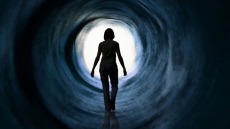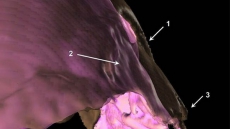Jumping from screen to screen - using mobile phones, laptops and other media devices simultaneously - could be changing the structure of your brain, impacting your cognition and social and emotional well-being, says a study.
Compared to those who use just one device occasionally, people who frequently use several media devices at the same time have lower grey-matter density in the part of the brain known as the anterior cingulate cortex (ACC), the region notably responsible for cognitive and emotional control functions, the findings showed.
"Media multitasking is becoming more prevalent in our lives today and there is increasing concern about its impacts on our cognition and social and emotional well-being. Our study was the first to reveal links between media multi-tasking and brain structure," said neuroscientist, Kep kee Loh from the University of Sussex in Britain.
The research supports earlier studies showing connections between media multi-tasking activity and poor attention in the face of distractions, along with emotional problems such as depression and anxiety.
For the study, the researchers used functional magnetic resonance imaging (fMRI) to look at the brain structures of 75 adults.
The researchers pointed out that their study reveals a link rather than causality.
Scientists have previously demonstrated that brain structure can be altered upon prolonged exposure to novel environments and experience.
"The exact mechanisms of these changes are still unclear," Kep kee Loh added.
They added that a long-term study needs to be carried out to understand whether high concurrent media usage leads to changes in the brain structure, or whether those with less-dense grey matter are more attracted to media multi-tasking.
The findings appeared in the journal PLOS ONE.





